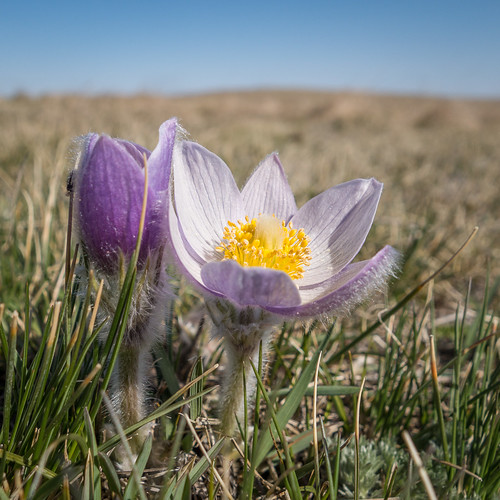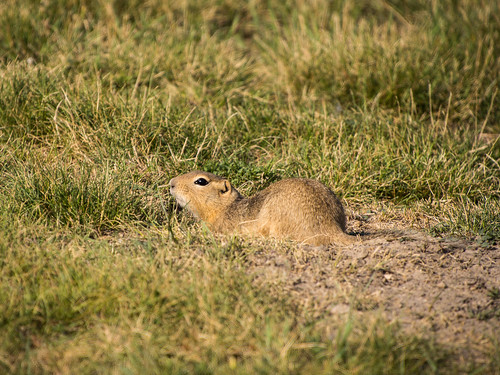Sunday, 26 March 2017
A Critique of the Independent Provincial Assessment of the Meewasin Valley Authority
MNP LLP prepared a governance and operational assessment of the Meewasin Valley Authority for the Saskatchewan Ministry of Parks, Culture and Sport. The report, published in November 2016, was recently posted on the Ministry’s website.
A review of the report raises a number of questions regarding the validity of the assessment’s findings.
Comparator Parks
MNP compared the Meewasin Valley Authority with 8 other Canadian parks “in order to evaluate best practices in the areas of governance, organizational structure, and funding mechanisms.” The report states that the comparator parks were chosen based on size, location, urban population, and the park’s conservation activities.
Park Size
Reviewing the report, one has to wonder if MNP wasn’t trying to compare apples and oranges. The MVA is responsible for 6,278 hectares. Of the 8 comparator parks, only 3 are over 200 hectares and only 2 are over 500 hectares.
Park Location
The report states that most of the comparator parks are funded primarily by the local municipality. However, 41% of the MVA is Crown land outside of municipal jurisdiction. In addition, Meewasin includes a river valley, placing it under federal as well as provincial jurisdiction.
Conservation Activities
Unlike the majority of the comparator parks, Meewasin Valley Authority is responsible for carrying out a review of proposed developments within the Meewasin conservation zone that are in the river channel or have an aggregate worth of over $25,000.
The MVA also carries out a variety of conservation activities that are under provincial and federal jurisdiction (control of invasive species control, reports on species at risk and water quality).
Of the comparator parks, only 3 carry out any conservation activities. These are, in most cases, limited and carried out by volunteers.
Alternate Park Comparisons
Only one of the comparator parks, the North Saskatchewan River Valley parks system, has a similar size (18,000 ha.) and scope (municipal parks, city-operated public facilities, and provincially-owned sites) with the MVA. The River Valley Alliance is responsible for coordinating river valley planning and development within the seven member municipalities. 69% of its funds are provided by the federal and provincial governments. The North Saskatchewan River Valley Conservation Society is responsible for protecting and enhancing biodiversity while the City of Edmonton has a natural areas conservation plan.
Fish Creek Provincial Park, located in southwest Calgary, is Canada’s second largest urban park and is under provincial jurisdiction.
Rouge National Urban Park in metropolitan Toronto is under federal jurisdiction. The Parks Canada website says that the park is “home to amazing biodiversity, some of the last remaining working farms in the Greater Toronto Area, Carolinian ecosystems, Toronto’s only campground, one of the region’s largest marshes, unspoiled beaches, amazing hiking opportunities, and human history dating back over 10,000 years, including some of Canada's oldest known Indigenous sites.” Similar features are found in the Meewasin Valley.
Pippy Park in St. John’s is a 1,376 ha. land reserve, nature conservation and recreation area close to the downtown core. In addition to providing local residents with recreational opportunities, it's responsible for protecting and conserving natural habitats and features. It’s a semi-autonomous Crown Corporation.
Mandate and Scope
The assessment report recommends transferring responsibility for primary funding of the MVA to the City of Saskatoon and cancelling funding from the Ministry, with the possible exception of the Crown lands. They suggest that the province could provide the MVA with funding for conservation and resource management on Crown lands or the lands could be returned to the Crown for their oversight. To divide up responsibility for a river valley rather than maintaining a comprehensive approach to conservation and development seems short-sighted. The Edmonton River Valley parks system receives provincial and federal funding and shares responsibility among 7 member municipalities.
In addition, the Province of Saskatchewan does not have a good track record for grassland conservation. In its most recent budget, the government stated that it plans to dispose of 51 community public pastures, despite the fact that 80% of the province’s grasslands are already in private hands.
The report questions Meewasin’s future vision of becoming a world-class corridor and suggests that their plans to purchase additional land are a sign of “scope creep.” For those of us who place a high value on protecting our natural resources for future generations, it is heartening to see that the MVA shares those values. To restrict the MVA’s mandate would be short-sighted.
What is your reaction to the assessment report? How do you envision the future of the Meewasin Valley Authority?
See Also
Toronto and Region Conservation Authority: A role model for Meewasin Valley Authority?


